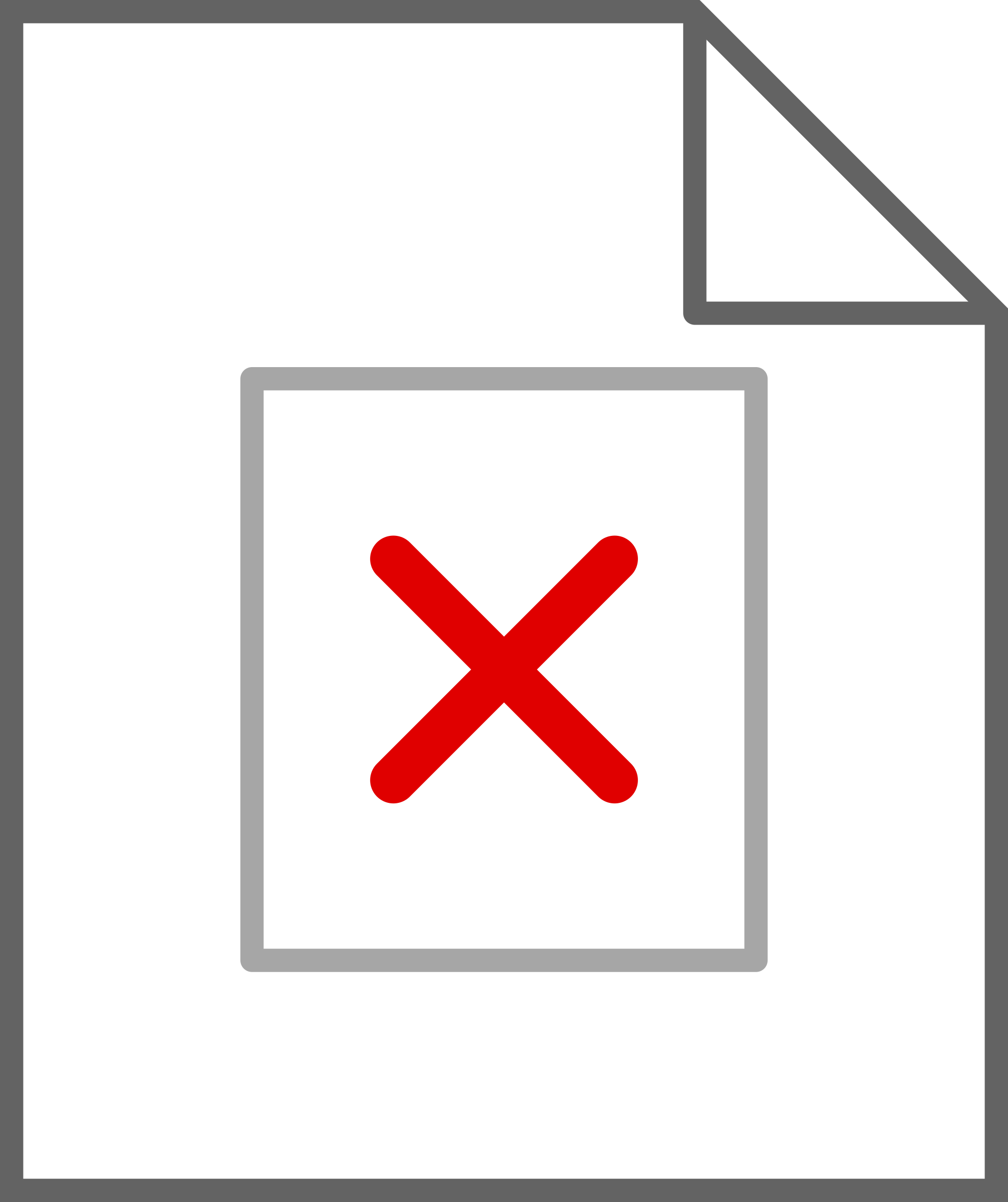For those who want to try it at home:
ping 33333333
ping 55555555
I am sorry, two random Internet users in Korea and Germany, your IP addresses are simply special.
Best ping is 127.0.0.1
It always resolves!
Try pinging 127.1 - it is the same, but shorter.
Just another tipp from someone who learned TCP/IP from reading the sources over three decades ago…
Voodoo! I had no idea.
It’s all in the documentation. But people don’t read anymore.
even shorter:
ping 0This is a special case. This resolves to 0.0.0.0, and technically cannot be routed. Some(!) systems use it as a kind of alias for all local network addresses, but it is not a given.
I’m aware. Conveniently this works on all the systems I’ve tried, making it useful for testing local services (e.g.
ssh 0).
That resolves to 0.0.0.0 - rarely useful
But it’s shorter!
But it does not work by definition, it is non-routable. That some systems use it as an alias is a different issue.
Can you explain how/why its the same?
My instinct says its actually trying to reach 127.1.0.0 (which is still local host), but that’s an educated guess at best.
Fun fact 127.0.0.1-127.255.255.254 is all localhost
Pretty insane that around 0.4% of all IPv4 addresses are wasted.
Wayyyyyy more than that is wasted.
Apple (and others) used to have an A class. I think they gave some of it back to the pool.
public universities have entered the chat
A few years ago my old university finally went with NAT instead of handing out public IPs to all servers, workstations and random wifi clients. (Yes, you got a public IP on the wifi. Behind a firewall, but still public.) I think they have a /16 and a few extra /24s in total.
Honestly there isn’t much reason to go with NAT unless you are looking to lease/sell IPs
The sad part is that almost no universities do IPv6
I kinda get why organisations don’t migrate.
IPv6 just hands you a bag of footguns. Yes, I want all my machines to have random unpredictable IPs. Having some extra additional link local garbage can’t hurt either, can it? Oh, and you can’t run exhaustive scans over your IP ranges to map out your infra.
I’m not saying people shouldn’t migrate, but large orgs like universities have challenges to solve, without any obvious upside to the cost. All of the above can be solved, but at a cost.
What about 127.255.255.255 ?
That is a broadcast address
Does the loopback broadcast address behave differently from any other of the loopback addresses?
ping 1.1also works. It resolves to 1.0.0.1, which is Cloudflare’s secondary DNSIt sure is better then
ping 194.204.152.34which I used to use.Prior to cloud flare and Google doing DNS, a common one was 4.2.2.2 which is a level 3 IP.
This is still my default. One day I’ll break the habit
Wow, thank you!
Oh shit. Didn’t know this either. Kind of like ipv6 in a way
IPv4 has some other features too.
$ ping 0x8.02004010 PING 0x8.02004010 (8.8.8.8) 56(84) bytes of data. 64 bytes from 8.8.8.8: icmp_seq=1 ttl=116 time=22.8 msThat’ll be Google’s root DNS server, using hexadecimal and octal representations.
Oh god why. This is like one step away from JavaScript math.
For those who are still confused, ping works with 32 bit unsigned integers. While there certainly are more uses, it’s a much more convenient method for storing IP address in a database as it’s easier to sort and index than 4 numbers separated by 4 periods
http://www.aboutmyip.com/AboutMyXApp/IP2Integer.jsp?ipAddress=1.1.1.1
it’s so simple!
ping -c 4 $(mysql -u frodo -p keepyoursecrets -D /home/pingtargets.db -se "SELECT ip FROM servers ORDER BY RAND() LIMIT 1;")
I prefer:
ping 133742069(probably lands you on a list tho…it’s a US DoD IP)
deleted by creator
“one ping only, please”
I fondly remember regularly logging into simtel20.wsmr.army.mil back in the days (WSMR=White Sands Missile Range). No issue, just used “anonymous” as the username, and your email address as the password. And even the email address was just a convenience…
~~[https://iplocation.io/ip-whois-lookup/133.74.20.69](Looks like the Japanese Aerospace Agency) unless ~~I’m completely misunderstanding how entering a string of numbers without periods works in a ping
Ah yeah there’s a little misunderstanding. IP addresses can be represented as 32-bit unsigned integer numbers, where each 8-bit chunk is separated by a dot.
So the conversion is: 133742069 (decimal) -> 00000111111110001011110111110101 (binary) -> 00000111.11111000.10111101.11110101 (8-bit chunks) -> 7.248.189.245 (resulting IP)
Thank you!!
55555555All addresses that that start in
555were left open by the internet protocol developers just for movies and TV shows.And the ones starting with 800 are for Pay Per View?
I don’t get it, the first octet (?) max is 256.
Yes, but you can write it in different ways. If the numeric string contains a dot, left of it must be between 0 and 255, and is put in the highest byte of the address. If the rest also contains a dot, repeat, but put it into the second highest byte.
BUT: if the string does not contain a dot, the number is put into the remaining bytes.
So 123.256 is a valid address. The 123 goes into the top byte, the 256 goes into the remaining three bytes, so the address would be 123.0.1.0.
Most common example is 127.1, which is short for 127.0.0.1 - the localhost address.
255
Small correction, but an important one: 0 is a number too.
In terms of IP masking and broadcast addresses, the max is 255.255.255.255
Oof of course. 256 entries from 0 - 255.
It’s been a long long time since my ccent
Yes, in octal notation. You can express an IP using other bases.
In nearly forty-ish years on the internet (yes, I was around before the web), I have not seen someone expressing an internet address in octal (before this discussion), although I remember that it is legal. Using hex, yes, but not octal.
Or, if you’re me,
$ ping 16843009 PING 16843009 (1.1.1.1) 56(84) bytes of data. 64 bytes from 1.1.1.1: icmp_seq=1 ttl=53 time=4.06 ms 64 bytes from 1.1.1.1: icmp_seq=2 ttl=53 time=4.04 ms 64 bytes from 1.1.1.1: icmp_seq=3 ttl=53 time=4.05 ms ^C --- 16843009 ping statistics --- 3 packets transmitted, 3 received, 0% packet loss, time 2003ms rtt min/avg/max/mdev = 4.044/4.053/4.062/0.007 msI’m probably going to get downvoted to hell but I have to ask: Can someone please explain? I’m perpetually trying to expand my knowledge on the technical side of Linux.
This is the behaviour of inet_aton, which ping uses to translate ASCII representations of IPv4 addresses to a 32 bit number. Its manpage: https://man7.org/linux/man-pages/man3/inet_aton.3.html
It recognizes the usual quad decimal notation of course, but also addresses of the form a.b.c or a.b, or in this instance, a, with is taken to be a 32bit number.
Each part can also be written in hex or octal, with the right prefix, such that 10.012.0x800a is as valid form for 10.10.128.10.
Not all software use inet _aton to translate ASCII addresses. inet_pton for instance (which understands both v4 and v6) doesn’t
An IP address is a 32-bit number, usually expressed as four 8-bit numbers separated by dots. Converting 33333333 to hex we get 01FCA055; splitting that into pairs and converting back to decimal gives 1, 252, 160, 85.
Typically an IP address is represented as 4 8-bit integers (1.252.160.85), but it can also be represented as a single 32-bit integer (33333333). The
pingutility accepts both forms.
Superior Ping:

ping 2130706433 for best results
There’s no place like home
Okay, I’m learning networking but have no idea what this means
interesting . . In my head, I think of ip addresses like just decimal values or integers separated by periods, but clearly a decimal value isn’t processed as such by a computer. To think that IP addresses are simply strings is pretty interesting to my amateur mind, because for all my life I thought of them as technical computer jargon that isn’t the same as what I used to think strings were: words!
I don’t want to go so far as to tell you how to think, but as long as we are talking about how to visualize IP addresses, you may want to check out subnets and subnet masking.
The notation of IP addresses starts to make sense when you think about the early days of TCP/IP when all IP addresses were public and NAT’ing wasn’t really required yet. Basically, there needed to be ways for networks to filter traffic by IP blocks that were applicable. (It was [in part] a precursor to collision avoidance, but absolutely not the full story.) We still use addressing and masking today, but it’s more obvious when it’s local. (Like in data centers, where it’s super practical to mask off a block of addresses for a row or rack of servers.)
To your point, yeah. IP addresses are probably more comparable to the Dewey Decimal System rather than actual numbers and thinking of them as strings is probably easier.
Oh no worries, I am writing a Cisco networking exam in about a month, so I’ve actually studied subnets and addressing a good amount, but I don’t mind the refresher!
I was just speaking more generally, in terms of programming, where integers and strings are different data types, yet you can store numbers as a string, which I always found interesting.
It’s simple. Picture a series of tubes…
Ping ::1
ping 9.9.9.9It’s 1111 higher.
ping g.co to test ipv6
Obligatory: Fuck Drake.
There are dozens of meme templates like this that you could have used instead
deleted by creator
It takes 0 effort to not support a creep
deleted by creator
It makes them part of the cultural Zeitgeist. And when they are already famous, it maintains their currency in that regard.
deleted by creator
Jesus. If you see a kid with a balloon, do you have a burning need to tell them that there was probably exploitation involved in the harvesting of the rubber?
Epic false equivalence.
Imagine defending Drake, disgusting.
imagine caring about a meme template
Where was the defence of Drake? If anything they acknowledged it
Also two random internet users in Korea and Germany, your IP addresses are blocked by mail server since I started getting phishing emails from your country.
Yo7 block entore countries over a few fishing e-Mails?
I block any and all IPs that resolve outside my postal code. Support local phishing.



















